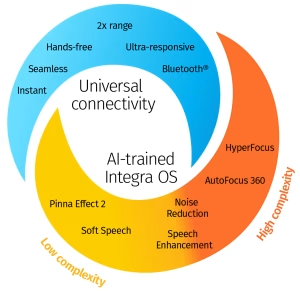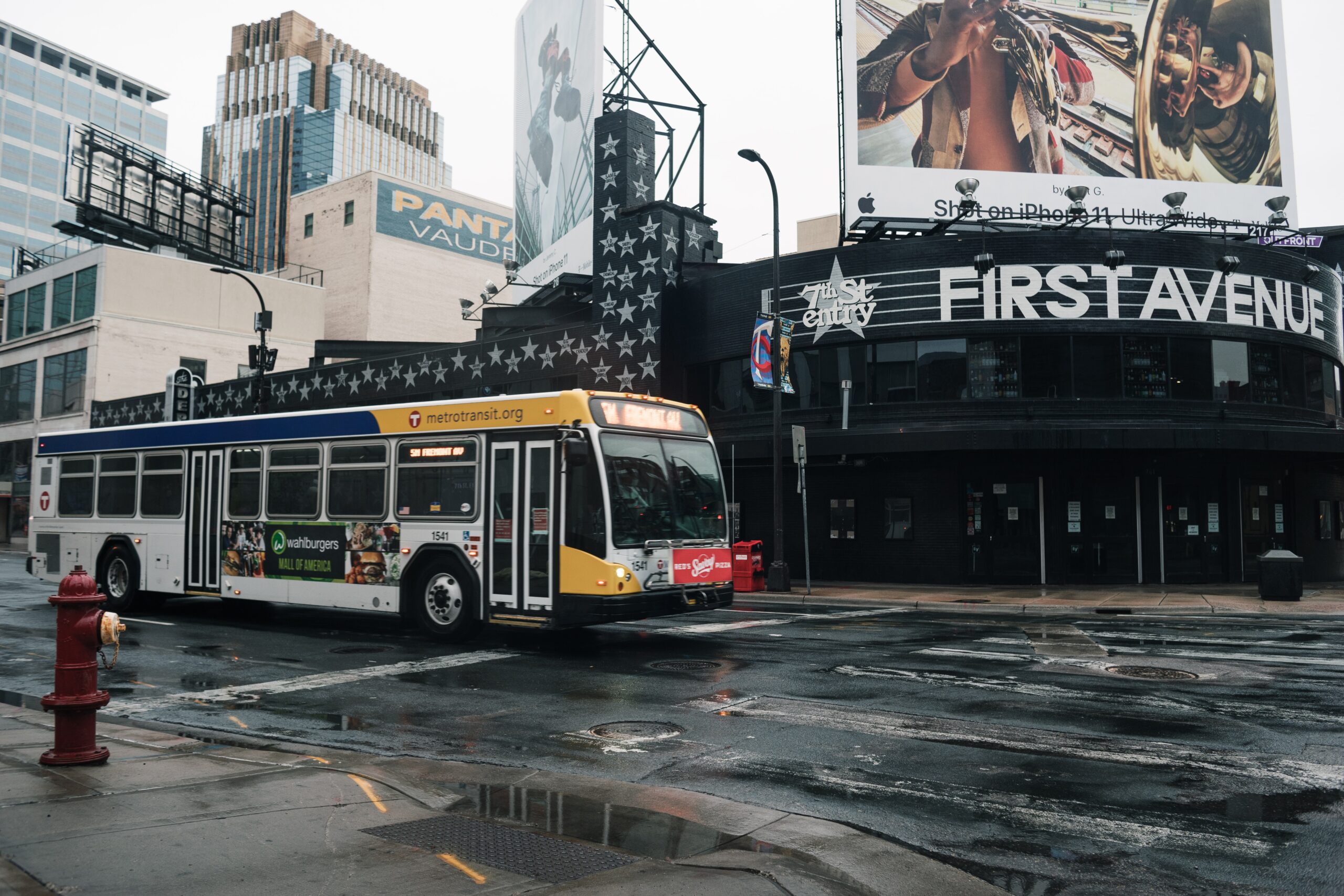

Fortunately, I don’t have hearing loss. I use a white cane to both help me navigate the outdoors and to communicate to others the message, “blind guy here, stay out of my way”. Due to my poor vision, I am unable to drive so I depend on public transportation to go to work. I could write a book on experiences I have had riding the city bus. Some of those experiences have been scary, some frustrating, and some very pleasant and even touching. On one occasion I boarded the city bus during rush hour so there were no seats available, and half of the passengers were standing holding to dear life while the driver expertly threaded the needle among lines of cars, bikers, and jaywalkers. As I stood there holding on to a leather strap, I felt a tap on my shoulder and a seated passenger shouted, “do you want to sit here?”. I smiled and said, “thank you, I don’t mind standing up for a bit”. The passenger then stood up, got even closer to me, and shouted even louder offering me the seat, somehow ignoring my previous response. The passenger did not seem to have any hearing loss since he had been chatting amicably with the person seated next to him. Apparently, seeing me with a white cane meant that shouting in my face and ignoring my desire to not sit down, was the normal way to socially interact with me. For the first time in my life, I truly understood what “killing them with kindness” meant. It is up to you, the reader to determine how these anecdotes should be classified. Should this experience be classified as scary, frustrating, pleasant, or touching? Perhaps, the combination of all four?
First, it is harder to tell that a person has hearing loss unless the person is wearing a hearing device that is visible. In many cases, even when a person is wearing a hearing aid the hearing aid may be so small and occluded by hair or a hat, that it would be virtually invisible. Second, individuals with hearing loss are less likely to start a conversation with a stranger, especially in an environment with lots of background noise. Third, it is easier to hide hearing loss to some extent by doing what my great uncle does. My great uncle, who refuses to wear a hearing aid, is a master at pretending that he can hear. He nods his head, smiles, and even laughs at the appropriate moments. For all intents and purposes, he is following the conversation. In reality, he is synchronizing his reactions with the facial cues he is getting from his interlocutor. Every once in a while, my great uncle’s tricks may fail to make it evident that he is having difficulty following a conversation. When this happens, well-meaning but humiliating shouting usually ensues. This is when my experience and the experience of my 89-year-old great uncle intersect in time.
Hearing is not possible until at least the end of the embryonic stage (around the 8th week of gestation) when we develop our very first bones. In order for us to hear we require tiny little bones in our middle ear to conduct sound. No bones mean no sound conduction. The sense of vision is the last sense that develops in utero. The womb is dark and the sense of vision requires light to develop properly. Only about 15% of light gets through the mother’s skin reaching the eyes of a fetus. Newborns are legally blind for the first six months after birth. The sense of vision is finely tuned by refracting full light in those six months. Fun fact: of all senses, which one develops first? – It is the sense of touch. We are literally born to touch and be touched.
They evolved more recently compared to our other senses and both require a large number of brain resources to function properly. We, humans, evolved on a planet full of many different types of physical energies that our brains can’t perceive unless those energies are processed and translated into brain impulses. For example, there is electromagnetic energy all around us (light waves), and on a planet with air, molecules bump into each other producing sound waves. Our brains do not understand electromagnetic or sound waves unless those types of energy are captured, processed, and transmitted by senses that evolved to just do that. One of the many things that vision and hearing have in common is the nature of the signal. In both cases, both senses are dealing with waves (light waves or sound waves). In vision, how tall a light wave is, corresponds to how bright a color appears to us while the width of the light wave determines what color is it. Narrow waves are perceived as blue, medium as green and wide waves are perceived as the color red. In audition, how tall a sound wave is corresponds to how loud we perceive the sound. Narrow sound waves are interpreted as high-pitched sounds while wide sound waves are perceived as low-pitched sounds.
Critical periods are periods during early development where our brains are the most malleable. Our ability to properly process light waves or sound waves requires that we are exposed to both types of waves during a critical period during development. For example, depriving the visual system of light or sound during that critical period will hinder our ability to not just process but also interpret visual or auditory stimuli later in life.
An example of how visual deprivation during the critical period may be found by reviewing the history of cataract surgery. At some point in history, cataracts were the leading cause of blindness worldwide. Later, cataract surgery was developed, and nowadays it is considered almost a routine type of surgery. Some individuals with congenital cataracts were born a few years before cataract surgery was available. After learning that a new surgery could restore their vision many of those individuals had their cataracts removed. To their dismay, they found out that because their visual system was deprived of light during the critical period for visual development during childhood, their vision was still deficient after the surgery in perceiving certain visual stimuli. For example, they couldn’t visually distinguish a triangle from a square unless they were holding it in their hand. They also had difficulty telling the difference between perceiving a small object close by from a big object far away.
Both senses evolved more recently compared to other senses.
Both senses develop later during prenatal development.
Both senses are supremely adapted to process energy waves.
Both senses require a good portion of our brainpower to process visual and sound stimuli.
Both senses require exposure to visual and sound stimuli during critical periods in childhood to function properly later in life.
Finally, what does a legally blind individual has in common with someone with hearing loss, besides people thinking that shouting is the best way to communicate with them? That answer is an easy one. Dislike for people that shout! 🙂
Alberto Ortiz Ph.D.
The case sits behind the ear with a hook over the top of the ear. For all types of hearing loss from mild to moderately severe and up to profound. Hearing aids behind the ear are the perfect choice if you want extra power in a stylish design.
Powered By SinglerDesign.com